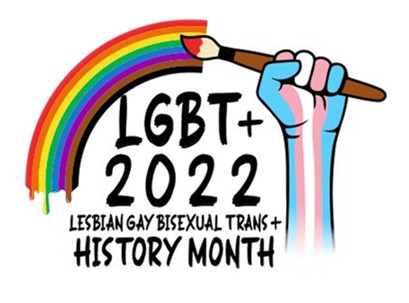
Fluid Pictures

In a 2002 interview featuring several eerily prescient observations concerning the future of the record business, David Bowie noted that music was ‘going to become like running water or electricity’. Almost chilly in its matter-of-factness, this was a vision of a digital future where music would exist as a taken for granted utility that listeners could plug into at whim. As predictions go, it was pretty shrewd. Routinely accessing sounds from the entire history of recorded music was once the stuff of fantasy. As we edge further into the 21st century, a generation of listeners know little else. But it isn’t just music that flows like running water these days, of course, and digital culture has had a significant impact on film and- perhaps even more so- its audiences.
Watching movies in a hugely diverse range of ways has become such a cornerstone of digital media culture that the idea of always having to be in a particular place at a particular time to watch a film seems almost- almost- quaint. ‘Old media’- as Matt Hills has put it- required ‘the consumer to participate in the audience identity of watching at specific times/ spaces. Digital media culture does not fix media products in quite the same way’, and is characterised by a fluidity that is manifesting itself in all kinds of interesting ways. Watching a movie on TV, for instance, doesn’t necessarily mean being chained to broadcasters’ schedules, and we can bend a film’s running time to suit our needs, starting, pausing, and restarting, as casually as we’d boil a kettle. Likewise, with the ondemand film industry driving an ever-expanding selection of movies towards our laptops, tablets and smartphones, audiences’ viewing habits can also be much more nomadic. Music might continue to edge film in terms of pure portability- joggers sweating the miles out to Rocky‘s theme is one thing, but it’s harder to picture them staring at Chariots of Fire on their iPhones- but the range of movie-watching spaces now goes much further than sofa and cinema. In themselves, these represent significant shifts in film culture, but they also ask questions about the way we ‘use’ and value film.
A few years ago there was a certain strangeness to watching a fellow passenger spend his short train journey (and everyone else’s- no headphones were involved) roaring at a few minutes of Borat: Cultural Learnings of America for Make Benefit Glorious Nation of Kazakhstan on his phone. Today the sight would be as mundane as someone thumbing through a stray Metro. While we watch movies for any number of reasons, in this particular context film seemed to be as much about its capacity to fill ‘dead time’ as its promise to thrill, move, inspire, and all that other stuff that marketing people put on movie posters. The dull, low register drone of the everyday can be pretty
murderous to navigate, so it’s not really that much of a surprise that film’s newfound ability to roam has seen it employed as a hi-tech counter to boredom. Part of film’s never-diminishing appeal seems to lie in its capacity to take us out of- or bring something to- our everyday lives, so it makes a certain kind of sense that technology and commerce have opened up a space where we can watch movies when our lives are being lived at their most mundane and everyday.
So here’s the thing: how do you feel about this? Are you particularly ‘fluid’ in your film viewing? Or do you prefer to watch film at a specific time in a specific place? Are modern audiences more inclined to watch movies in a series of short bursts- sacrilegious to a certain type of cineaste- as opposed to one uninterrupted sitting? If film really has become like running water or electricity, does this mean it’s less important and more disposable somehow?
Image Credit: At the iphone movie! by George on flickr. Used under a Creative Commons licence.





